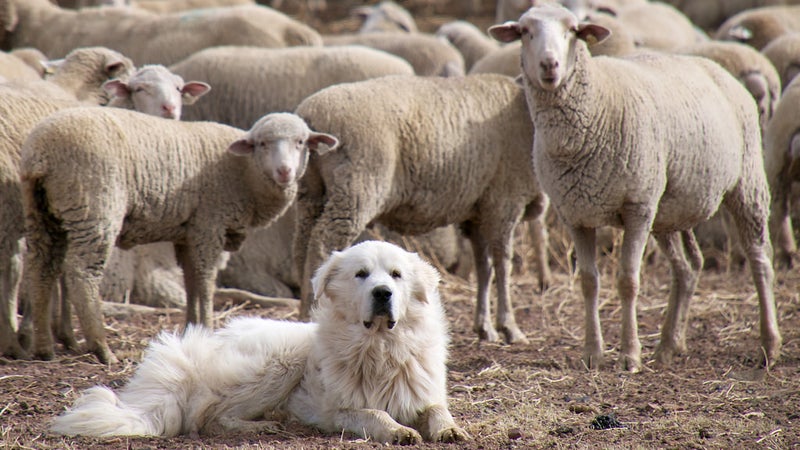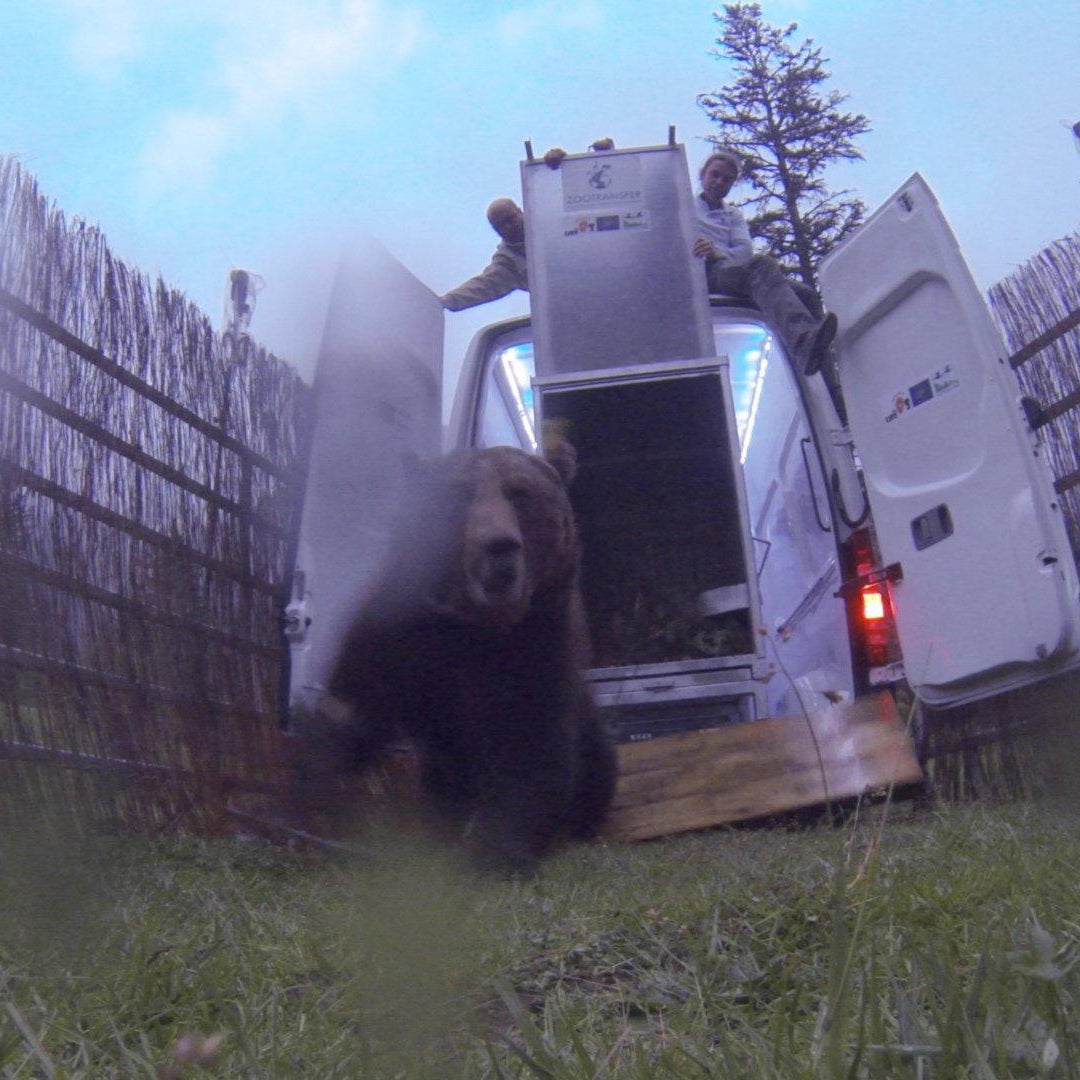Somewhere deep in the heart of the Pyrenees mountains, a brown bear is feeling a little disoriented in his new home. For over two decades a single giant bear has dominated these tall peaks dividing Spain and France: Pyros. Now, a new contender has been introduced to try and shift the genetic balance of this vulnerable population. Who will succeed in this grizzly face off is anyone's guess.
The Trouble With Dominant Bears
Pyros is getting rather long in the tooth. Now 27 years old, the almost seven-foot tall, 550-pound bruin was released into the Pyrenees mountains in 1997 after also being captured and transported from the wilds woods of Slovenia. Since then, his dominance over these snow-capped summits has been almost complete. Past contenders have either been too small, weak, or in one instance, even struck and killed by lightning before they could add any significant genetic diversity to the small population. Today, Pyros alone is the father, grandfather, or great-grandfather of almost all of the bears in these high mountains. He has fathered offspring with both his daughters and granddaughters.
In contrast to the other major bear population in Spain, inhabiting the Cantabrian mountains and currently standing at around 230 members, the central Pyrenean population is extremely small, with just over 30 individuals. It is so small, in fact, that every individual is given their own name. The success of such an isolated population depends heavily on genetic diversity.
Pyros isn’t the only male brown bear in the Pyrenees, but he is, by far the most successful of the 12 that live there. And all the others are either his progeny, or too weak to challenge his reign.
Figuring out how to deal with such a successful individual has been a source of conflict amongst conservation authorities. Many have called for his castration, or even for his removal from the wild to allow other males to stand a chance at passing on their genes. Ultimately, the bold decision was made to bring in much needed fresh blood in the form of a new young male. Once again, officials looked towards Slovenia as the source for bear, and after six attempts they finally found the one they were looking for. Enter the new heavyweight contender of the Pyrenees.
Weighing in at over 450 pounds, the 10-year-old boar is a formidable beast indeed. Goiat, meaning “bachelor” or “young man” in the local Catalan dialect, was captured and immediately transported the approximately 1,000 miles to the Pyrenees by road. After the long journey, on a rainy Monday evening with the clouds hanging low, the new bear came bursting out of his release cage, charging off with a huff into the dark timber.
L’Alt Pirineu Natural Park, where Goiat has been released, is an extremely diverse environment including habitat such as Mediterranean forests all the way up to glacial lakes and alpine meadows. The park encompasses almost 70,000 hectares (173,000 acres), making it the largest protected area in Catalonia. Hidden amongst rock ptarmigan and pine covered slopes, Goiat should find a suitable home.
With any luck, that’s not all he will find. The hope is that the newcomer may just be able to break the 20-year dominance of Pryos. But finding a mate and successfully producing cubs is never an easy affair for a bear.
https://www.youtube.com/embed/UcrNpvkdzZ8
Here's Pyros, caught on a motion-sensor trail cam.
Challenges Ahead
Goiat has been tagged and fitted with a GPS collar that will allow conservationists to minutely track his movements as he explores his new world. His release and overview of the population as a whole is thanks to the European Union-funded . Launched in 2014 and allocated a €2.4 million budget, the initiative aims to connect the fragmented bear population in the Pyrenees, as well as encourage acceptance and coexistence between bears and those who need to live alongside them. No easy feat in an area where sheep herding is a way of life for many.
To foster peaceful coexistence, the project also hopes to prove that there can be a “zero” risk of attacks to livestock, an ambitious goal. To achieve it, they’re creating a shepherding school where students will learn about bear behavior, and how to avoid predation. Additional shepherds are being added to remote sheep herds in places where they bears are known to live, and those will be augmented by specially-trained guard dogs. Electric fencing is also being installed around commercial bee hives.

Carnivores throughout Europe, from wolves to bears, are making a dramatic comeback, reoccupying areas that in some cases they have been absent from for centuries. Our ability to make room for these sharp-toothed creatures and allow them to play out their crucial roles in ecosystems is fundamental to restoring and protecting balance within our natural world.
Whether the newcomer Goiat will be able to successfully compete with Pyros and produce cubs is yet to be seen. His arrival does spark renewed hope for a population of bears that desperately needs it. For now we can only watch and wait. Hopefully, in years to come, when Winters end and Spring arrives, cubs with a slightly more diverse lineage will come crawling out of their winter dens led by their mother to explore these magical mountains.


